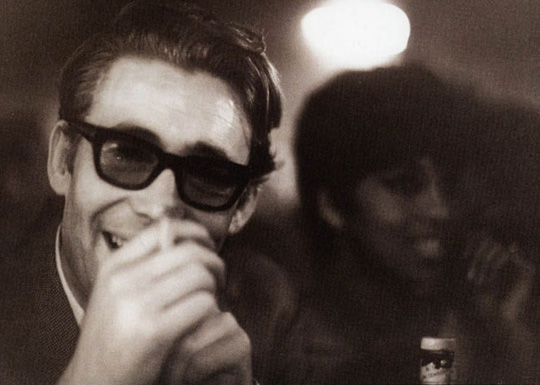Interview: Davis Smith of Cotopaxi
Inside the innovative social business combining global causes with outdoor gear that’s built and designed to last
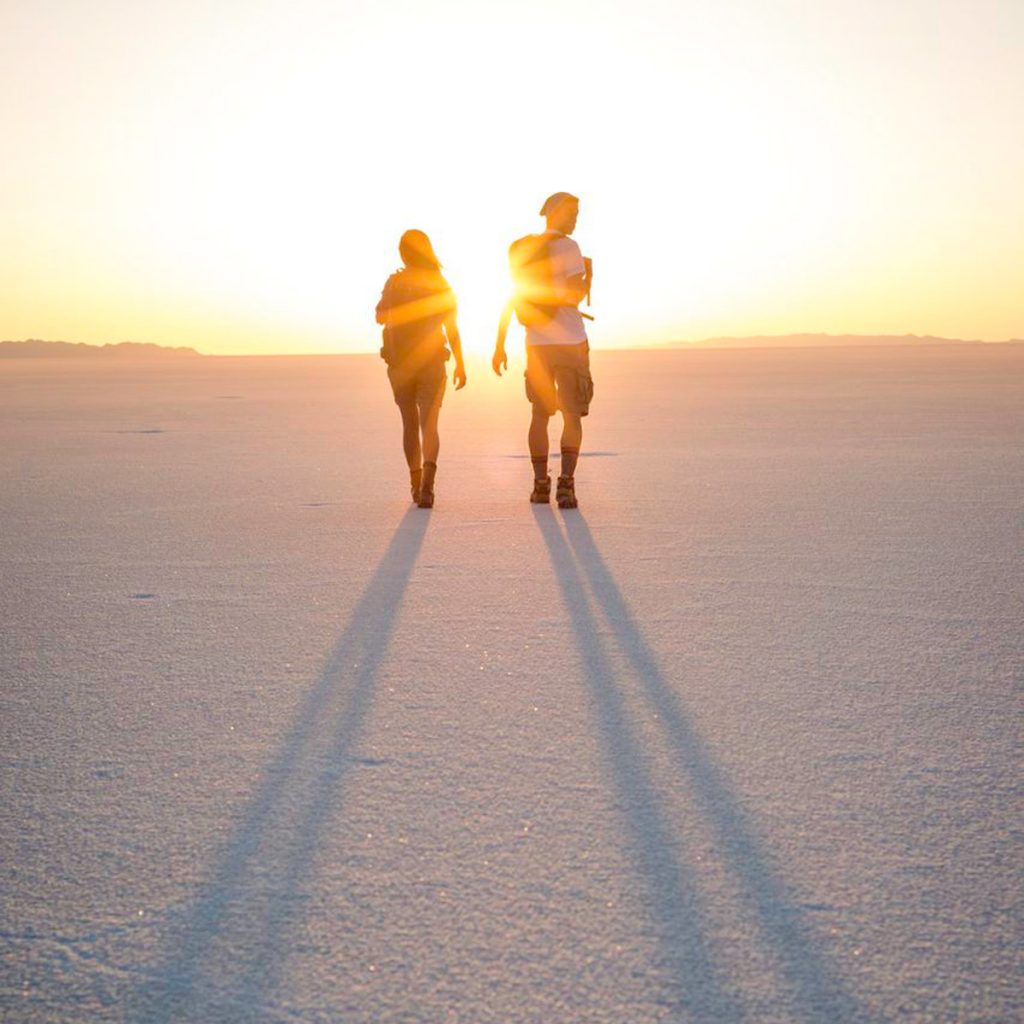
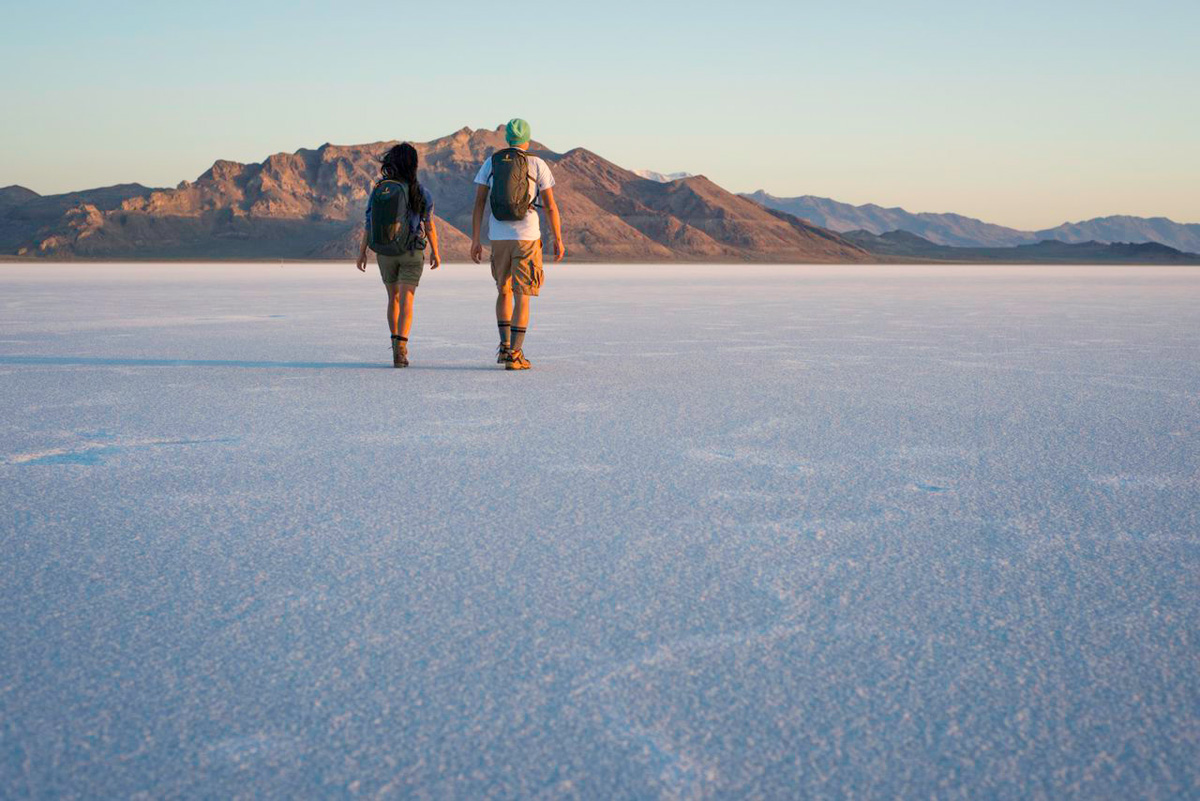
The desire to see the world, step outside one’s own boundaries and see how others live is human nature. Davis Smith, founder and CEO of socially conscious outdoor company Cotopaxi, spent much of his childhood outside his native US in developing countries around the world. Inspired to alleviate the poverty he saw and to give hope to those in dire circumstances, the serial entrepreneur turned to his passion: the outdoors. For each product in the Salt Lake City-based brand’s line-up, Smith provides a very tangible benefit to particular people in need. Purchase the Volta roll-top backpack and you’ll provide schooling for one student for three months in Ghana, near the Volta River. The brand’s philosophy is simple: do good, make gear that lasts and design it to work the best it can.
We recently spoke with Smith about design, business and inspiring others to do good.
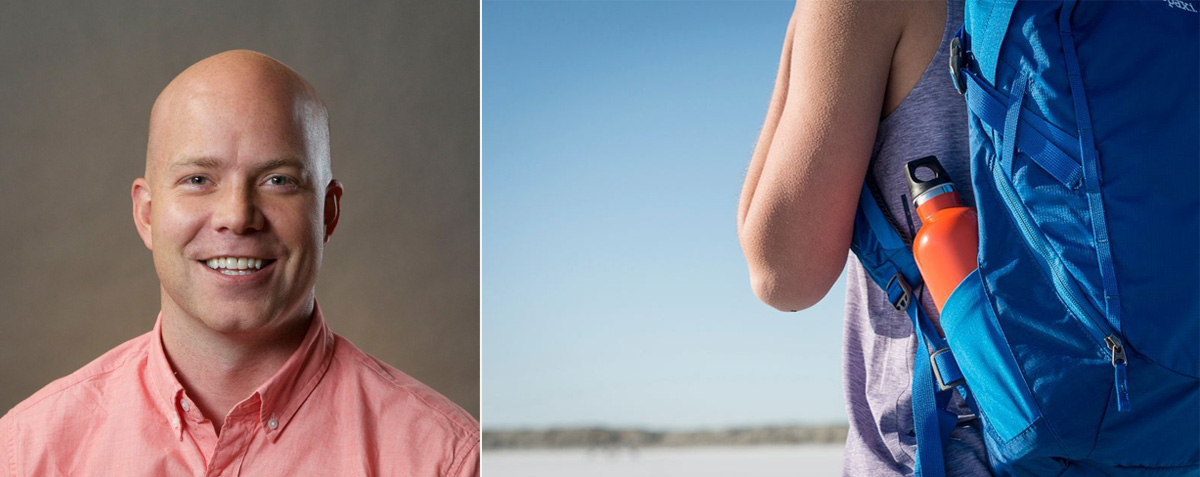
Can you give us a bit of background on how the company started?
By the time I started college, I had spent 11 years abroad living in five different countries. My family was far from wealthy, but my dad was an adventurer, so my childhood was spent climbing into volcanic craters in the Andes, swimming in the piranha-infested waters of the Amazon and spear-fishing off the tiny, uninhabited islands of the Caribbean.
I started my first business, PoolTables.com, after graduating from college. I bootstrapped the business and, over six years, I grew it to become the largest retailer of pool tables in the US. It was a small industry, so the business wasnt all that impressive, but I found that I loved entrepreneurship. I sold the business and went to the Wharton School to get an MBA. While there, I started a new business selling baby products online in Brazil. I moved to Brazil for three years and built a great business there with several hundred employees. In a lot of ways, it was everything I had hoped for. That said, I knew I had to leave the company to start something different than anything I had built before.

What inspired such a strong socially conscious angle to the business?
I spent my entire childhood and much of my adult life living in the developing world, and since I can remember, Ive wanted to find a way to help those living in poverty. After my successful business ventures, I knew it was time for me to find a way to do that. I decided the way that I could have the biggest impact was by building a company where we used our profits to help the poor. I knew a business could make a much bigger impact than I could on my own. I had a love for the outdoors and adventure, so I decided that the outdoor space would be the perfect place to develop a brand built around this humanitarian mission.
Transparency is a big part of your brand. Was it difficult choosing facilities that offered quality, value and followed labor regulations?
Ive spent much of the last 10 years traveling to Asia and working with manufacturers. I believe that the majority of factories do a decent job of creating a safe work environment, but its difficult to find factories that raise the bar and go beyond what might be expected in the developing world. Finding a factory with a level of excellence, not just in manufacturing quality, but in the way they treat and compensate employees can be challenging. However, they do exist. It generally means we pay more for product, but thats OK. We know that we cant be a part of the solution if were contributing to the problem.
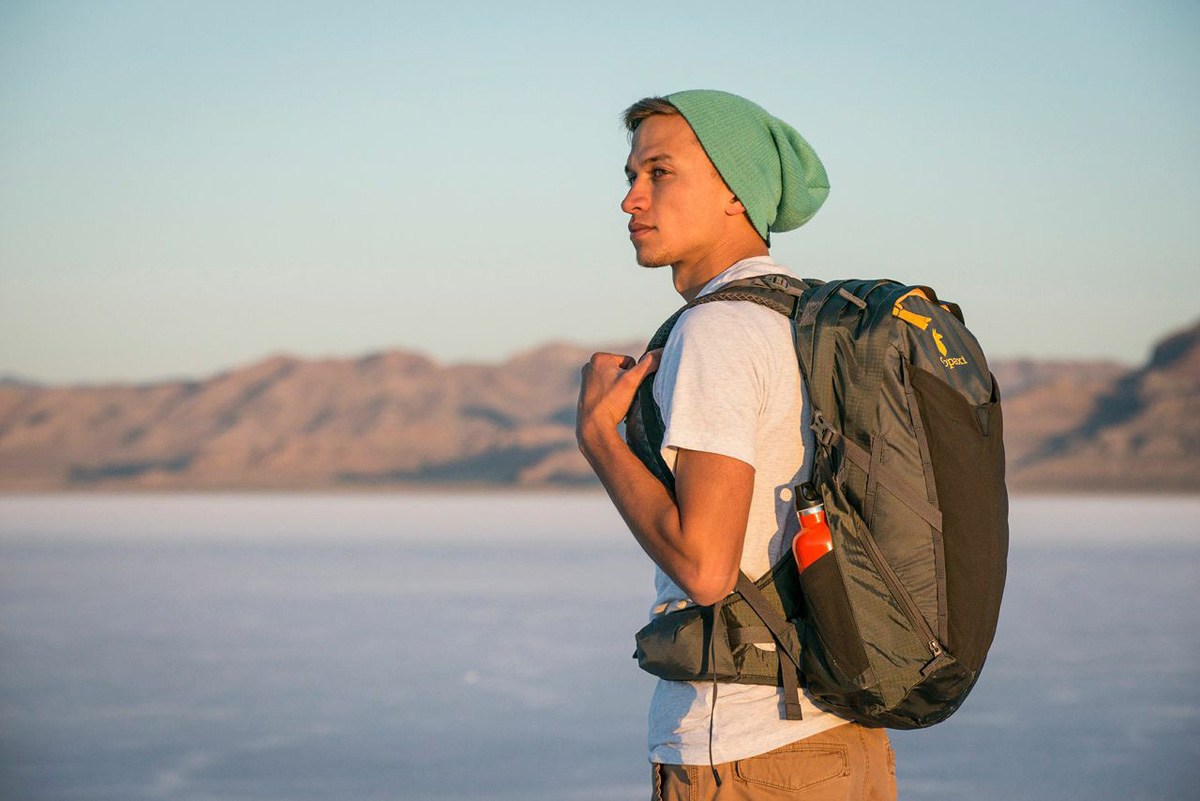
Your model is a bit different, with different products supporting different causes around the word. Can you discuss this model and why you chose this route?
I love storytelling, and I felt there were amazing stories of people doing good in the world that we could help tell. An important part of doing good is actually understanding the impact of our efforts. By naming each piece of gear after a specific part of the world and tying its impact to a social cause in that country, I felt that we could let consumers share in the satisfaction we feel as we help change peoples lives.
How do you vet your partners anddetermineyour causes?
We hand-pick charities that work to empower the poor, but we dont believe in handouts. While there are poor people living all over the world, we focus our efforts on helping the poorest of the poor with real, tangible benefits. Every water bottle we sell provides six months of clean water to someone in need. Our backpacks provide between one and three weeks of education to a child and our apparel is all tied to healthcare initiatives. We are literally helping our partners save lives and provide opportunities to those who once had no hope.
We want to remind consumers as they use their gear that not only do they have an amazing product to use, but they also helped to make a difference in the life of someone in need.
Do the designs themselves draw inspiration from or reflect the place or people they are helping?
Every product we sell has some design features that tie the product back to the cause they support. The design elements are subtle, but important. For example, our packs all have a native pattern from the country they support incorporated into the product in some way. We want to remind consumers as they use their gear that not only do they have an amazing product to use, but they also helped to make a difference in the life of someone in need.
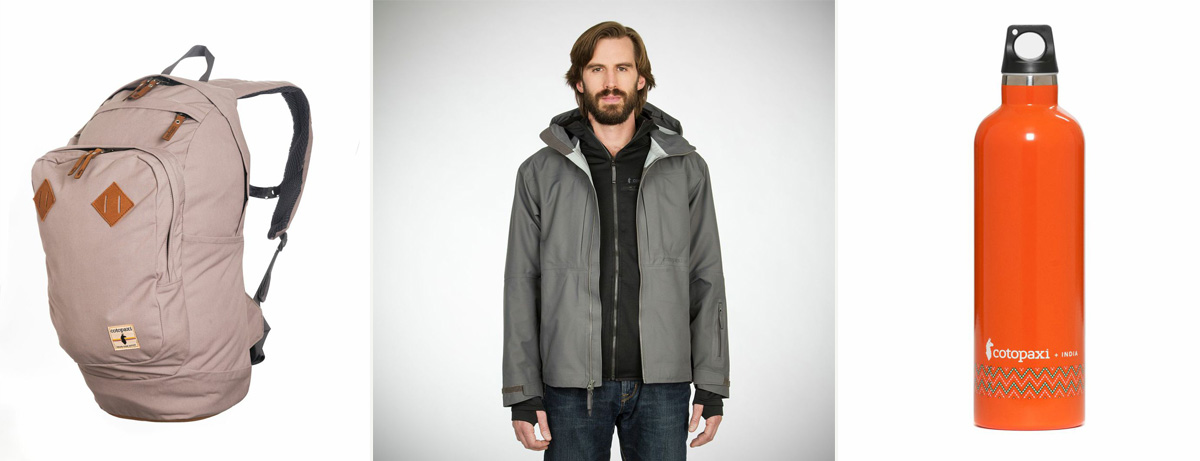
The brand started with technical packs and has now moved into apparel. What sets the latest line apart from the rest?
Just like with our pack line, we have a mix of technical lifestyle products and a more traditional, technically focused line of products. Our apparel merges design elements that satisfy both technical and lifestyle needs.
While some important features like the powder skirt and pit-zips on our Kumari Polartec Neoshell jacket make it less practical for daily use, the styling remains approachable and versatile. The rest of our apparel line is more practical in that it can be easily worn on and off the mountain or trail. Were not strictly an outdoor or lifestyle company; we blend the two, without skimping on style or function.
Are there plans for more apparel in coming seasons?
Apparel is a key part of our growth strategy. The day we launched our site, we held a huge 24-hour adventure race, the Questival, where we had thousands of people competing in teams to win international trips with a humanitarian focus. When I showed up at one of the check-in points, I saw dozens of teams wearing their own homemade Cotopaxi T-shirts and hats. It blew me away to see this, and I realized that we were building a brand that resonated with people. They shared in our passion for adventure and helping humanity. People like being able to use products that reflect their own values, so we feel that Cotopaxi apparel helps people make a statement that they not only love the outdoors, but that they also believe that we can all make a positive difference in the world.

On the packs side, you’ve added a few new lifestyle items to your expansive technical lineis this the future of the Cotopaxi bag line?
We believe its important to not simply make great technical gear, but also to make gear that we can use in our day-to-day lives. Having a line of lifestyle packs was part of our product strategy from day one. The coolest part of our lifestyle products is that weve been able to translate our technical DNA into lifestyle products. If you look at our lifestyle packs, you initially see a cool, retro-looking style, but upon closer inspection, youll see that our shoulder harnesses are actually cut just like a technical pack. Weve blended the best features of technical design into our lifestyle products.
What design inspiration did your draw from for these bags?
Inspiration for the lifestyle packs came from a desire to construct something easy to use and easy to read, with a clear function and useable features. The process of sketching and then reflecting on those sketches with those two goals in mind governs our aesthetic.
Our technical packs were designed using a similar process with the added goal of versatility. Hiking packs tend to be over-featured because they try to appeal to a wide audience. The struggle of adding necessary features without making them clutter the pack drove the shapes and aesthetic of the hiking packs. Each feature and seam had to pass the test as we asked ourselves several questions: Is this necessary? Does it work? Is it relevant?
After 10 years of gear design (climbing, skiing, running, etc), our VP of Product has learned that function-driven form is beautiful when combined with well-crafted construction. This leads a designer down a path of craft-inspired design, where the product ends up being a result of synthesized consumer knowledge and good constructionrather than a synthesis of other designers styles and trends.

Your “Gear for Good” mission is two-fold: creating products that last and give back to the world. Can you expand on this a bit?
I came up with the Gear for Good slogan the same week I came up with the idea for Cotopaxi. I wanted a way to convey to people what our brand represented: the highest quality outdoor gear, but with a mission to make the world better. The phrase stuck immediately, and we take the mission it represents very seriously. Our packs all have a Human Lifespan Warranty instead of the typical Limited Lifetime Warranty. Our warranty is 61 years, which is tied to the average lifespan of someone living in the underdeveloped world. Thats nearly 20 years less than someone living in the worlds developed countries.

What do you hope people take away from their experience with Cotopaxi?
Our goal as a brand is to change the way people see businesses. Were believers that businesses can be a force for good in the world. Our hope is that we can help consumers make a connection to something bigger than themselves, not just with nature, but with people as well.
Cotopaxi founder and CEO Davis Smith lives at the the foot of the Wasatch Range in Salt Lake City, Utah. Explore their full line of products and on-going social causes online.
Images courtesy of Cotopaxi

